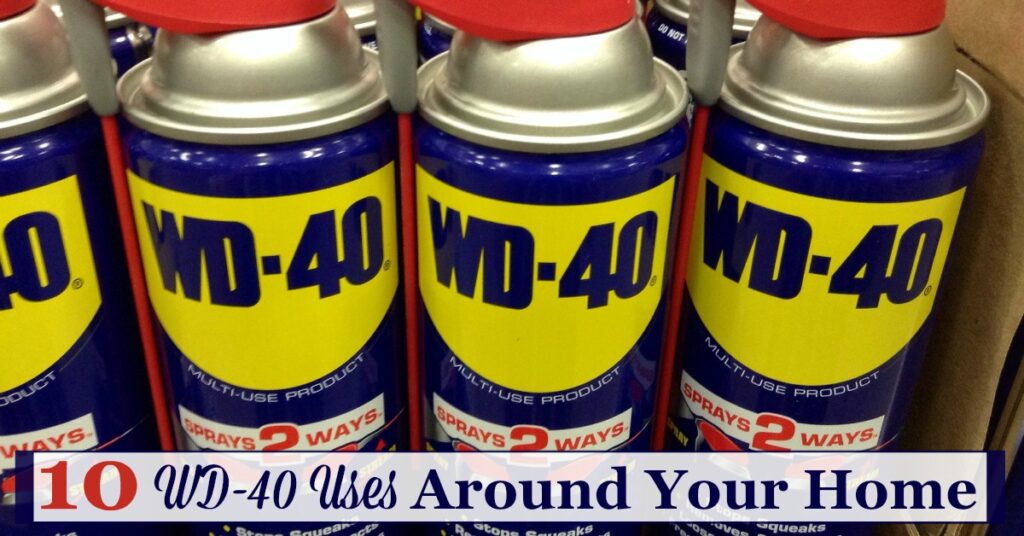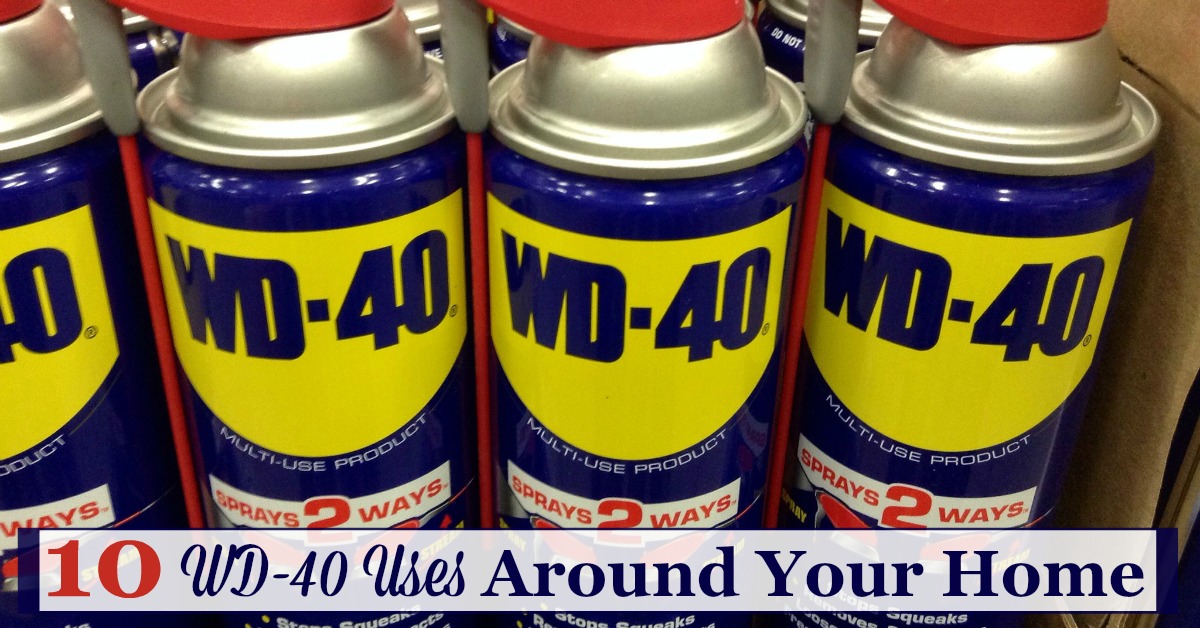
WD40 Cleaning: The Ultimate Guide to Cleaning with WD40
WD40, a household name synonymous with lubrication and rust prevention, is surprisingly versatile when it comes to cleaning. While not traditionally marketed as a cleaner, its unique formula makes it effective for tackling a variety of cleaning tasks around the home, garage, and beyond. This guide explores the diverse applications of WD40 cleaning, providing insights into how to use it safely and effectively to achieve sparkling results.
Understanding WD40’s Cleaning Power
The secret behind WD40 cleaning lies in its solvent-based formula. It’s designed to displace water, dissolve grease, and loosen adhesives, making it an excellent choice for removing stubborn stains, grime, and residue. While it shouldn’t replace dedicated cleaners for everyday tasks, WD40 can be a lifesaver when faced with challenging cleaning situations.
What WD40 Can Clean
- Grease and Grime: WD40 excels at dissolving grease and grime from tools, machinery, and automotive parts.
- Sticky Residue: It effectively removes sticky residue left behind by tape, labels, and adhesives.
- Scuff Marks: WD40 can help eliminate scuff marks from floors, walls, and shoes.
- Rust: While primarily a rust preventative, WD40 can also loosen and remove surface rust.
- Water Stains: It can tackle water stains on various surfaces, including stainless steel and glass.
- Gum: WD40 can help dislodge gum stuck to carpets, clothing, and other surfaces.
Safety Precautions for WD40 Cleaning
Before embarking on any WD40 cleaning project, it’s crucial to prioritize safety. WD40 is flammable and can irritate skin and eyes. Always follow these precautions:
- Ventilation: Work in a well-ventilated area to avoid inhaling fumes.
- Protective Gear: Wear gloves and eye protection to prevent skin and eye irritation.
- Flammability: Keep WD40 away from open flames and heat sources.
- Surface Compatibility: Test WD40 on an inconspicuous area before applying it to the entire surface to ensure it doesn’t cause damage or discoloration.
- Material Safety Data Sheet (MSDS): Consult the MSDS for detailed safety information.
Step-by-Step Guide to WD40 Cleaning
Here’s a general guide on how to use WD40 for cleaning:
- Preparation: Gather your supplies, including WD40, gloves, eye protection, a clean cloth, and a brush (if needed).
- Application: Spray WD40 directly onto the affected area.
- Soaking Time: Allow the WD40 to sit for a few minutes to penetrate the grime or residue.
- Scrubbing (if necessary): Use a brush or cloth to scrub the area gently.
- Wiping: Wipe away the WD40 and loosened grime with a clean cloth.
- Repeat (if needed): Repeat the process if necessary to remove stubborn stains.
- Cleaning Up: Dispose of used cloths and WD40 cans properly.
Specific WD40 Cleaning Applications
Let’s delve into some specific WD40 cleaning scenarios:
Removing Sticky Residue
WD40 is a champion at removing sticky residue from various surfaces. Whether it’s tape, labels, or glue, WD40 can dissolve the adhesive and make it easy to wipe away.
- Spray WD40 onto the sticky residue.
- Let it sit for a few minutes.
- Wipe away the residue with a clean cloth.
- For stubborn residue, use a plastic scraper to gently lift it.
Cleaning Grease and Grime
From tools to stovetops, WD40 can cut through grease and grime with ease. Its solvent properties break down the grease, making it easy to wipe away.
- Spray WD40 onto the greasy surface.
- Let it sit for a few minutes.
- Scrub the surface with a brush or cloth.
- Wipe away the grease and WD40 with a clean cloth.
- For heavily soiled areas, repeat the process or use a dedicated degreaser.
Removing Scuff Marks
WD40 can help eliminate scuff marks from floors, walls, and shoes. Its lubricating properties help to lift the scuff marks without damaging the surface.
- Spray WD40 onto a clean cloth.
- Gently rub the scuff mark with the cloth.
- Wipe away any excess WD40.
- Test in an inconspicuous area first to ensure it doesn’t damage the surface.
Loosening Rusted Bolts and Screws
While primarily a rust preventative, WD40 can also help loosen rusted bolts and screws. Its penetrating properties help to break down the rust and allow you to turn the fastener.
- Spray WD40 onto the rusted bolt or screw.
- Let it sit for several minutes or even overnight.
- Use a wrench or screwdriver to try to turn the fastener.
- If it’s still stuck, apply more WD40 and try again.
- Consider using a rust penetrant specifically designed for this purpose if WD40 doesn’t work.
Cleaning Stainless Steel
WD40 can be used to clean and shine stainless steel appliances and surfaces. It helps to remove water stains and fingerprints, leaving a streak-free finish.
- Spray WD40 onto a clean cloth.
- Wipe the stainless steel surface with the cloth.
- Buff the surface with a dry cloth to remove any excess WD40.
- Use sparingly, as too much WD40 can leave a greasy residue.
WD40 Cleaning: Dos and Don’ts
To maximize the effectiveness and safety of WD40 cleaning, keep these dos and don’ts in mind:
Dos
- Do test WD40 on an inconspicuous area before applying it to the entire surface.
- Do work in a well-ventilated area.
- Do wear gloves and eye protection.
- Do dispose of used cloths and WD40 cans properly.
- Do use WD40 sparingly.
Don’ts
- Don’t use WD40 on porous surfaces, such as unfinished wood or fabric.
- Don’t use WD40 near open flames or heat sources.
- Don’t inhale WD40 fumes.
- Don’t use WD40 as a substitute for dedicated cleaners for everyday tasks.
- Don’t use WD40 on food preparation surfaces.
Alternatives to WD40 Cleaning
While WD40 can be a useful cleaning agent, it’s not always the best choice. Consider these alternatives for specific cleaning tasks:
- Degreasers: For heavy-duty grease cleaning, use a dedicated degreaser.
- Adhesive Removers: For removing sticky residue, use an adhesive remover specifically designed for the surface.
- All-Purpose Cleaners: For general cleaning, use an all-purpose cleaner.
- Vinegar and Baking Soda: For natural cleaning, use a mixture of vinegar and baking soda.
[See also: WD40 Uses Beyond Cleaning]
The Bottom Line on WD40 Cleaning
WD40 cleaning can be a surprisingly effective solution for a variety of cleaning tasks. Its solvent-based formula makes it ideal for removing grease, grime, sticky residue, and scuff marks. However, it’s essential to use WD40 safely and responsibly, following the precautions outlined in this guide. By understanding its capabilities and limitations, you can harness the power of WD40 to achieve sparkling results in your home, garage, and beyond. Remember to always test on an inconspicuous area first. While WD40 cleaning is useful for many tasks, it is important to consider alternatives for specialized situations. Proper ventilation and safety precautions are paramount when using WD40. This versatile product can be a great addition to your cleaning arsenal when used correctly and with caution. WD40 truly is more than just a lubricant; it’s a versatile tool for various household and industrial applications, including WD40 cleaning. The key is to understand its properties and use it accordingly. WD40 cleaning can be a game-changer for tough stains and residues. WD40 offers a unique approach to cleaning that complements traditional methods. Consider WD40 cleaning as a supplementary tool in your cleaning routine. Remember to always prioritize safety when engaging in WD40 cleaning. WD40: A surprising ally in your quest for a cleaner environment. The versatility of WD40 extends beyond lubrication, making WD40 cleaning a valuable skill. Master the art of WD40 cleaning and unlock its potential for various cleaning challenges. Explore the world of WD40 cleaning and discover its hidden benefits.

